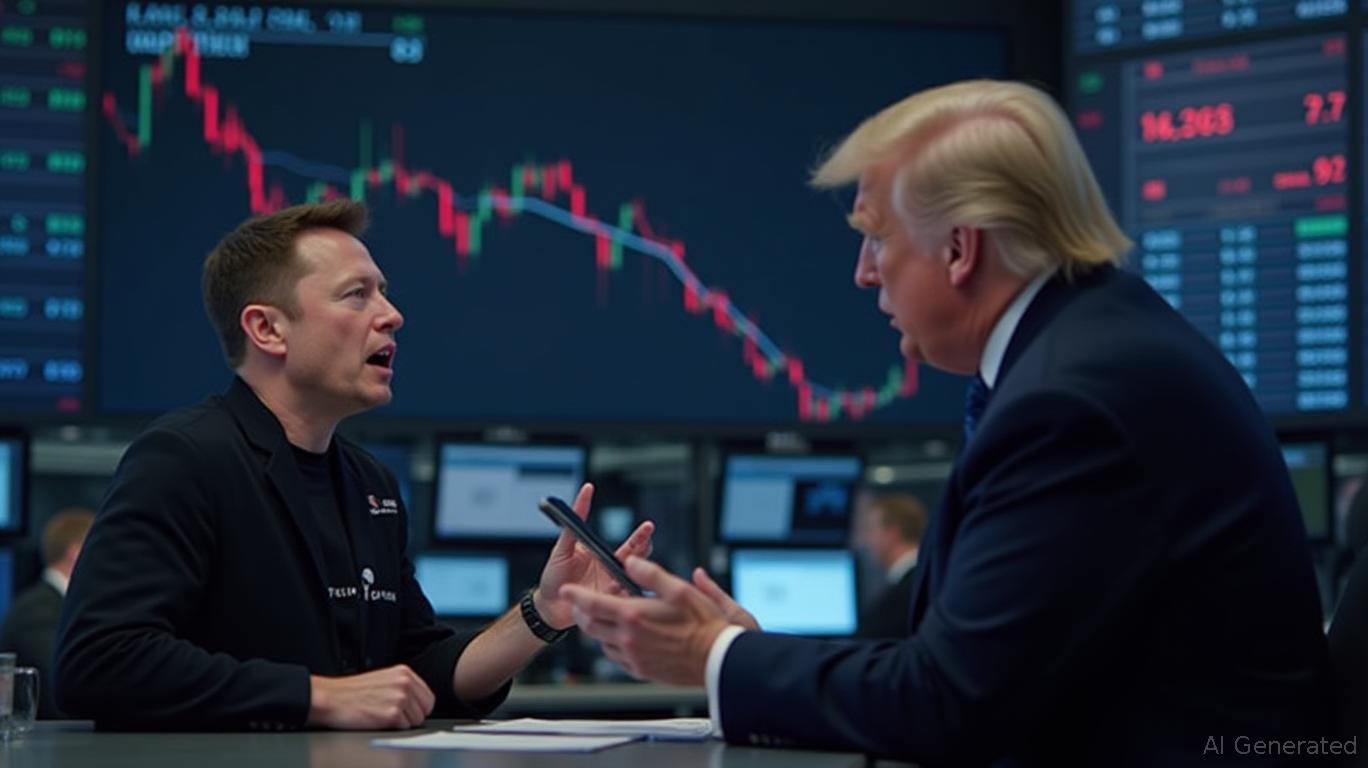BlackRock, MultiBank, Libre Advance Real-World Asset Tokenization
Tokenization of real-world assets (RWAs) is transitioning from a theoretical concept to a practical financial tool as institutional players increasingly test and deploy blockchain-based infrastructure at scale. This shift is evident in the recent flurry of announcements from both traditional financial institutions and blockchain-native firms advancing their RWA initiatives.
On April 30, blackrock filed to create a digital ledger technology shares class for its $150 billion Treasury Trust fund. This initiative leverages blockchain technology to maintain a mirror record of share ownership for investors. The DLT shares will track BlackRock’s BLF Treasury Trust Fund (TTTXX), which may only be purchased from BlackRock Advisors and the bank of new york mellon (BNY).
On the same day, Libre announced plans to tokenize $500 million in Telegram debt through its new Telegram Bond Fund (TBF). The fund will be available to accredited investors and usable as collateral for onchain borrowing. The week’s biggest headline came from Dubai, where MultiBank Group signed a $3 billion RWA tokenization deal with a real estate firm and a blockchain infrastructure provider. The deal is touted as the largest RWA tokenization initiative to date.
Eric Piscini, CEO of Hashgraph, noted that the recent surge in tokenization is not arbitrary but is driven by clearer rules in major markets, stronger and faster technology, and the active involvement of big players. He cited examples such as BlackRock tokenizing funds, Citi exploring digital asset custody, and Franklin Templeton tokenizing money market funds on public blockchains.
Marcin Kazmierczak, co-founder of RedStone, emphasized that the recent announcements demonstrate that tokenization has moved beyond theoretical discussions into practical application by market leaders. He added that the growing adoption by big institutions gives the space more credibility, making others feel more confident to join in and help boost new ideas and investments. The renewed interest in RWA tokenization is primarily driven by regulatory clarity and advancements in technological capabilities, especially in wallets.
Ask Aime: How will the recent tokenization surge impact stock market values?
Felipe D’Onofrio, chief technology officer at Brickken, highlighted that macroeconomic pressures are pushing institutions to search for efficiency and liquidity in traditionally illiquid markets. Ethereum continues to serve as the primary hub for RWA tokenization, thanks to its mature ecosystem, broad developer support, and robust infrastructure. However, dedicated RWA-specialized ecosystems like Canton Network, Plume, and Ondo Chain are building compelling alternatives with features designed explicitly for compliant asset tokenization.
Herwig Koningson, CEO of Security Token Market, noted that companies like BlackRock have shown that it’s possible to build large-scale tokenized products, worth billions of dollars, using more than one blockchain at the same time. This shows that the success of tokenizing assets doesn’t depend so much on which blockchain is used, but rather on what the company needs the system to do. Many banks and traditional firms use permissioned blockchains or even private DLT systems.
Despite the progress, challenges remain. Regulation continues to be a significant barrier, especially for risk-averse institutions requiring guarantees around compliance and privacy. Technical limitations also persist, chiefly the lack of interoperability between blockchain platforms. However, hybrid models are gaining traction by offering the privacy of permissioned systems with optional future interoperability with public chains.
Looking ahead, Piscini estimated that more than 10% of global financial assets could be tokenized by the end of the decade. D’Onofrio made a modest projection, estimating that between 5% and 10% of global financial assets could be tokenized by 2030. RedStone’s Kazmierczak predicted that approximately 30% of the global financial system will be tokenized by the end of this decade. In terms of numbers, the world’s RWA market is predicted to be anywhere between $30 and $50 trillion by the end of 2030. Most firms predict that the RWA sector will reach a market size of between $4 trillion and $30 trillion by 2030. If the sector were to achieve the median prediction of about $10 trillion, it would represent more than 50 times the growth from its current value of around $185 billion, including the stablecoin market. 


_ed38e36c1749214633312.jpeg)







